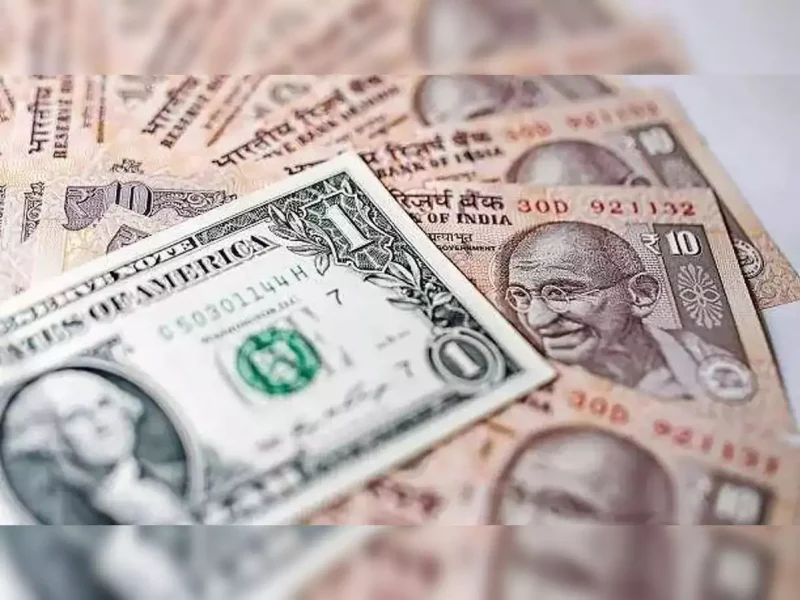Indian Rupee Hits Record Low
The Indian rupee has plunged to an all-time low of 87.29 against the US dollar, marking a significant depreciation on February 3, 2025. This sharp drop comes amid escalating concerns over a global trade war, triggered by fresh US tariffs on imports from Canada, Mexico, and China. The US dollar index surged by over 1%, strengthening against multiple currencies and putting additional pressure on emerging markets.
Key Reasons Behind the Rupee’s Fall
Several factors have contributed to the rupee’s weakness:
- Trade War Fears: US-imposed tariffs have raised the likelihood of a broader global trade conflict.
- Strong US Economic Data: Robust job market reports and expectations of higher interest rates have fueled demand for the US dollar.
- Rising US Treasury Yields: Higher yields make dollar-denominated investments more attractive, drawing capital away from emerging markets like India.
Impact of Foreign Institutional Investors (FIIs)
Foreign investors have been offloading Indian assets, adding to the rupee’s depreciation. In Q3 of FY25, FIIs pulled out nearly $11 billion from Indian markets. This capital flight, coupled with a widening trade deficit of $188 billion, has intensified currency pressures.
How a Weaker Rupee Affects India
Negative Effects:
- Higher Import Costs: A depreciating rupee makes crude oil and essential imports more expensive, driving up inflation.
- Debt Burden: Companies with foreign-currency loans face increased repayment costs.
- Weakened Consumer Spending: Rising prices erode purchasing power, impacting demand.
Positive Effects:
- Stronger Export Competitiveness: Indian exports, particularly in IT and pharmaceuticals, become more affordable globally.
- Higher Remittances: Indians abroad benefit from a weaker rupee, as their remittances fetch higher local value.
The RBI’s Next Move: A Tough Balancing Act
The Reserve Bank of India (RBI) now faces a crucial dilemma—should it intervene or allow the rupee to float freely? While the RBI has largely followed a market-driven exchange rate, further depreciation may push policymakers toward action. Some analysts suggest a rate cut could be on the table if economic conditions worsen.
What Lies Ahead?
The rupee’s future remains uncertain. If downward pressure continues, it could hit new lows, posing risks to economic stability. The RBI’s upcoming monetary policy meeting will be a critical moment, shaping the trajectory of the rupee and broader economic conditions.












